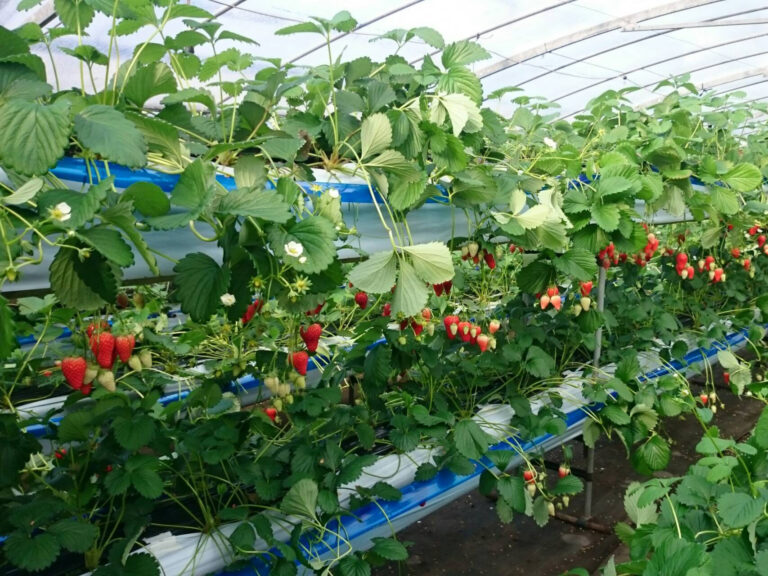
The plantation producing "Shohime". It is the only strawberry plantation in Kaizu City, and it is said that the strawberry cultivation uses negative ion water, and the sweetness becomes stronger. Strong sweet, large, fresh strawberries can be fully proficient for 30 minutes. In addition, strawberries, which can be eaten by picking strawberries, can also be purchased at the farm's direct sales office and at the produce direct sales office at the Kaizu city's roadside station, Tsukimi no Sato Nanano.
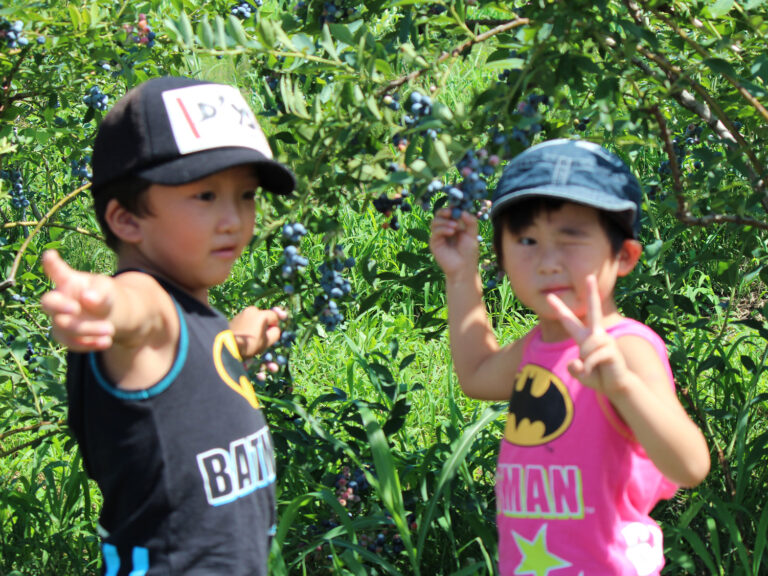
It grows about 2000 blueberries, and you can enjoy the experience of picking blueberries in a spacious garden. Entrance fee is 1100 yen for adults, 550 yen for elementary school students, free for toddlers and all-you-can-eat in-time (reservation required). Take-out fee is 100g 216 yen.
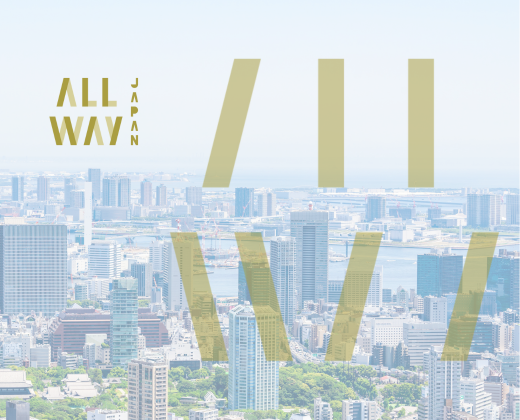
"Roadside Station" boasts a site area of about 21000 sq m and one of the largest in the prefecture. In addition to a specialty building, an agricultural crop direct sale shop, and a snack restaurant, there are also Chibikō Square and Ashiyu (free of charge), and the facilities are also substantial. A number of specialty products rich in originality made from processed southern mandarin oranges are also popular.
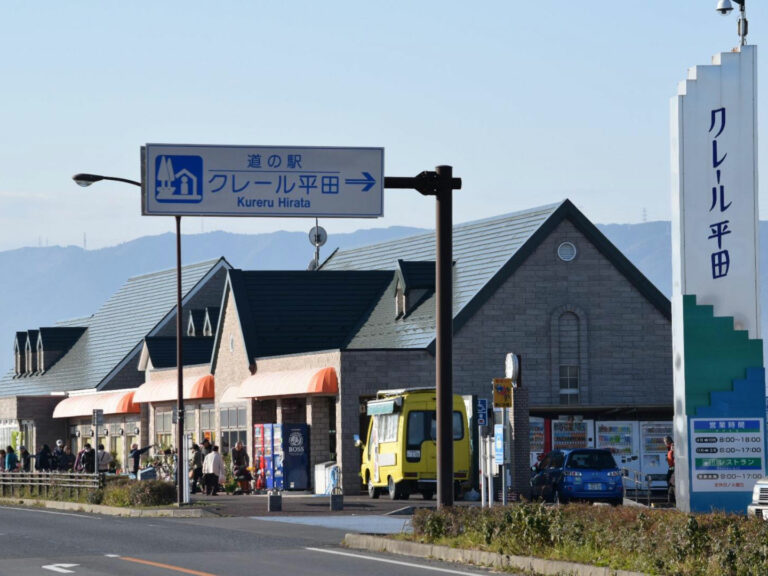
It is a roadside station facing the right bank of the Nagara River embankment road, and is crowded with people such as those who go to the state-run Kiso-Mikawa Park and Chiyo-ho Inari. There is a restaurant, information corner. Popularly sold fresh vegetables in the morning at a local farm at an inexpensive farm. Claire daily lunch 870 yen.
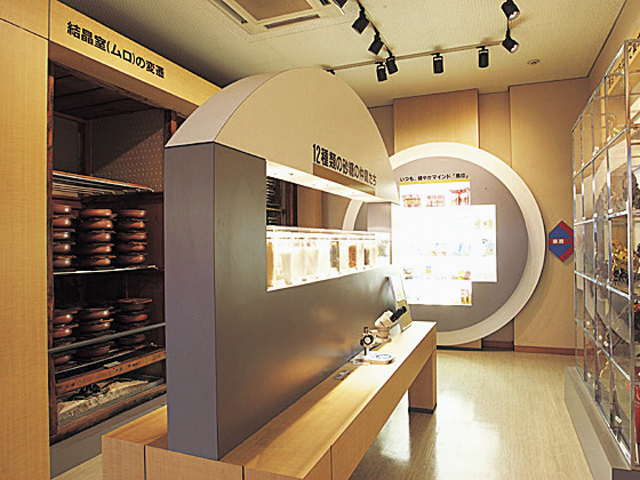
Central Japan Ice Sugar Co., Ltd., which has a national share of about 50% of ice sugar, exhibits and introduces valuable materials related to ice sugar. In the experience corner on the third floor, you can use ice sugar to make nostalgic washi (up to the lower grades of elementary school).
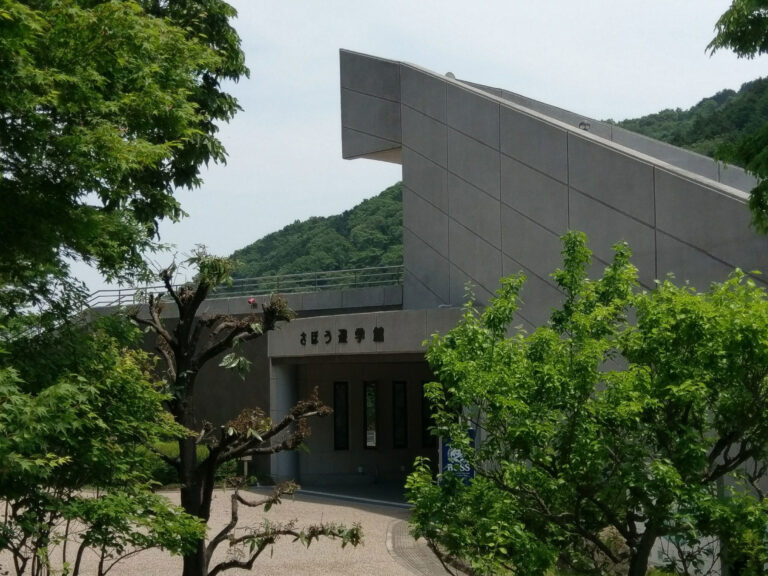
A facility in the Haneya Dandan Park where you can learn about the sediment disaster. In addition to simulating the sediment disaster with 3D images, you can also feel the horror of the sediment disaster with images and panels of the sediment disaster that occurred all over the country, and the diorama (three-dimensional model) of Haneya, and know its characteristics. At the same time, you can learn about dangerous places and how to avoid a sediment disaster when it rains. In addition, it is possible to receive lectures from specialists of sediment disaster and disaster prevention in advance reservation.
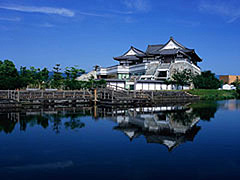
It is a branch of the Owari Domain, and a facility with the image of the castle hall of the Takasu Domain, which produced the princes of the Aizu clan, Matsudaira Yoho et al. In addition to introducing the history and culture of Wannaka in an easy-to-understand manner, drainage machines excluding flooding and rice-making Hotta using low-lying fields are reproduced outdoors, so you can experience a wide range of life in Wannaka. It also has a Jōmon period corner and a Kōmō period corner.

A park created in Hane Valley, where sabo has been carried out for a long time to prevent sediment disasters. In the park, there is a megalithic dike (registered tangible cultural property of the country), which was created under the guidance of the Dutch engineer Johannes de Reke during the Meiji period, as well as the Sabo Yūkakkan, a water playground and a barbecue place. Use of barbecue place is from April to October.
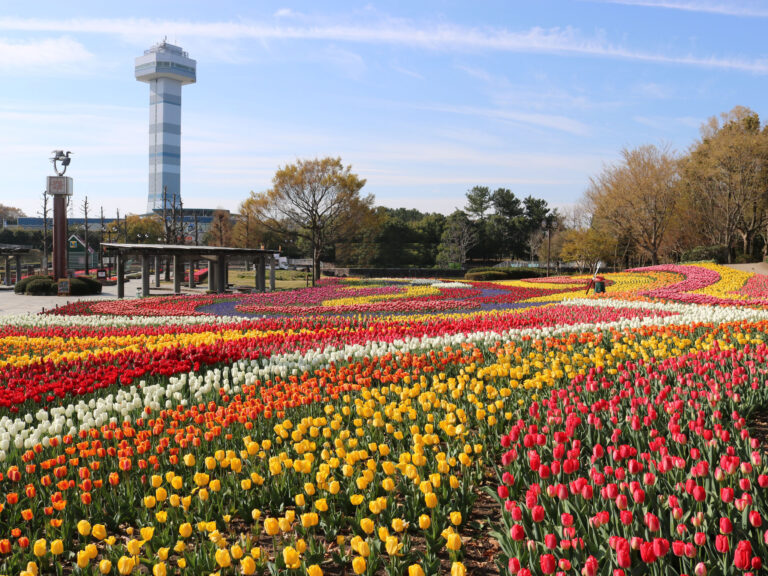
The state-run Kiso-Mikawa Park, one of the largest in Japan, was built on a land where three great rivers, the Kiso River, the Nagara River, and the Ibi River, flow together. It consists of 13 spots, including river environment paradise and Tokai Square, and the Kiso-Mikawa Park Center is one of its bases. There are a variety of facilities such as a water and green hall and a large flower bed in the vast park, and you can enjoy the magnificent scenery of Kiso Mikawa and the Nio Plain from the observation tower, which is 65m above the ground. There are many events, such as the Tulip Festival, where more than 200,000 tulips bloom in April, the Illumination in December, and the Spring Festival, where you can enjoy tulips that bloom in midwinter from late January. The latest information is required by the official website.
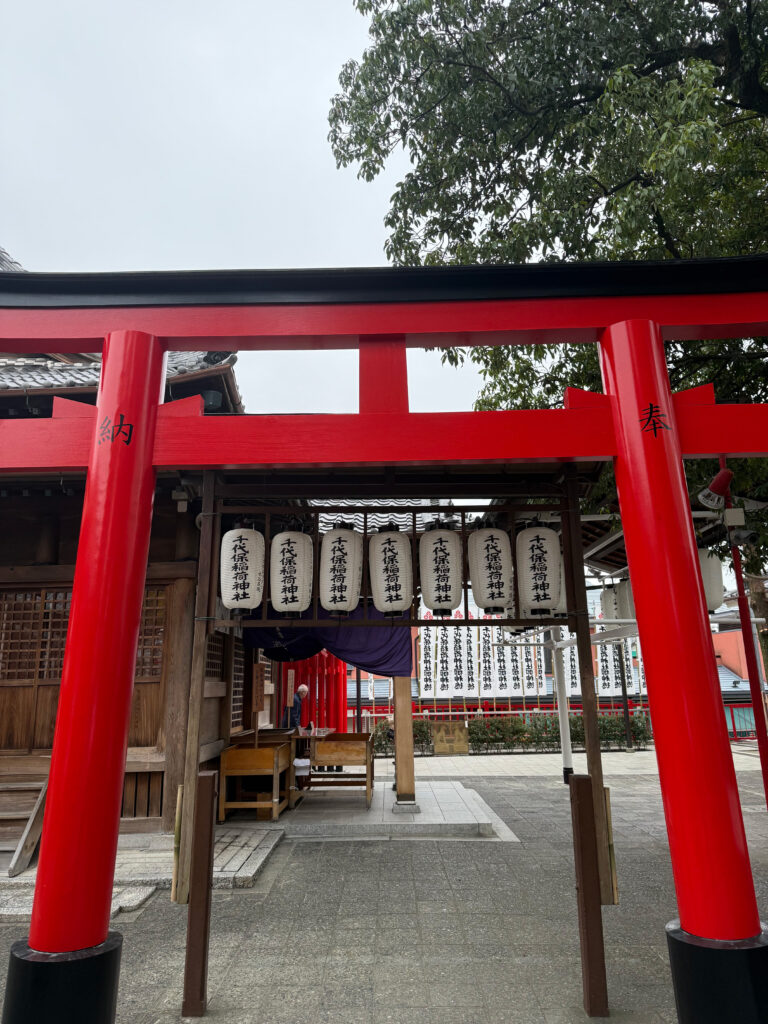
The shrine is known as "Ochobo-san", along with Fushimi in Kyoto and Toyokawa in Aichi, and is also said to be one of Japan's three largest inari. It is said that there is a benefit to the prosperity of business and the safety of the family, and many worshipers visit. After visiting, you can also enjoy food, drink and shopping in the bustling Monzen town. Fragrant river fish dishes are a specialty of the Chiyo-ho Inari Shrine, and catfish kabayaki and eel figure-yaki are popular. In particular, the visit to the moon from January 1-3 and the last day of each month to the next day is crowded with many worshipers.










